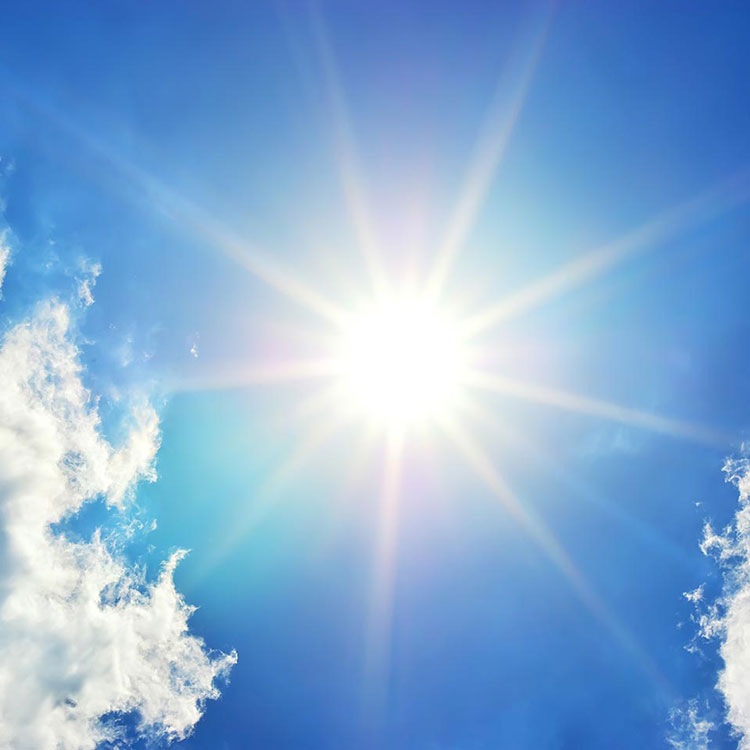With the arrival of summer come all the outdoor activities many of us look forward to. This in return equates to more exposure to the sun. We are all very aware of the damaging effects sunlight has our skin, but what about our eyes?
The sun emits invisible, high energy rays called ultraviolet radiation (UV). This ultraviolet radiation serves no visual purpose and provides no benefit to the eyes; in fact, most Americans don’t recognize the important role of UV protection to prevent damage and visual impairment.
A recent American Eye-Q® survey by the American Optometric Association’s stated only 47% of Americans believed UV protection is the most important factor when purchasing sunglasses. “Whether it’s a cloudy or sunny day, summer or winter, eyes, just like sun, need to be protected from the sun’s UV rays in order to decrease the risk of diseases and disorders” said Fraser Horn, O.D., a member of the AOA’s Sports Vision Council.
It’s long been known that UV radiation from the sun can harm eyes. Now Prevent Blindness America (PBA) is raising awareness about the link between depletion of the Earth’s ozone layer- which blocks some UV light from penetrating the Earth’s atmosphere- and cataracts that are caused by prolonged exposure to UV light.
Children’s eyes are also very susceptible to UV damage because the crystalline lenses in their eyes are more transparent to UV light than adults. With children receiving up to three times more sun exposure than adults, parents should be proactive in protecting their child’s vision from UV rays. When spending time outdoors it is important to not only apply UV blocking sunscreen to your skin but also around the eye area, and to wear sunglasses or contact lenses that offer adequate UV protection.
Your vision is priceless and it is important that you maintain your visual wellness by scheduling a yearly comprehensive eye exam with your optometrist or ophthalmologist.

